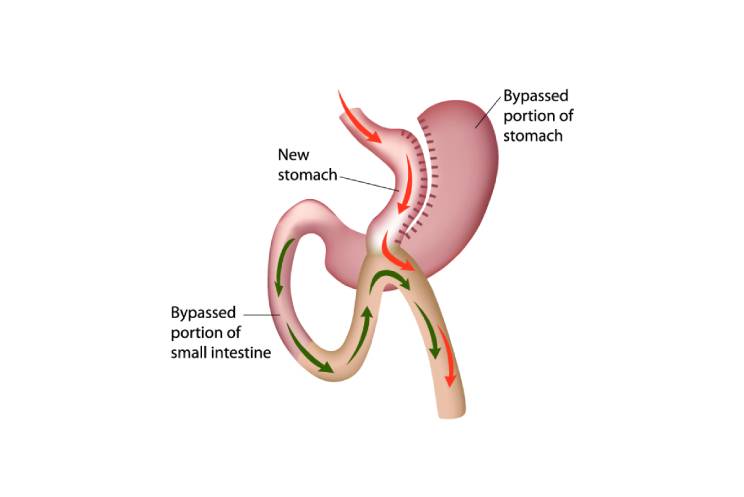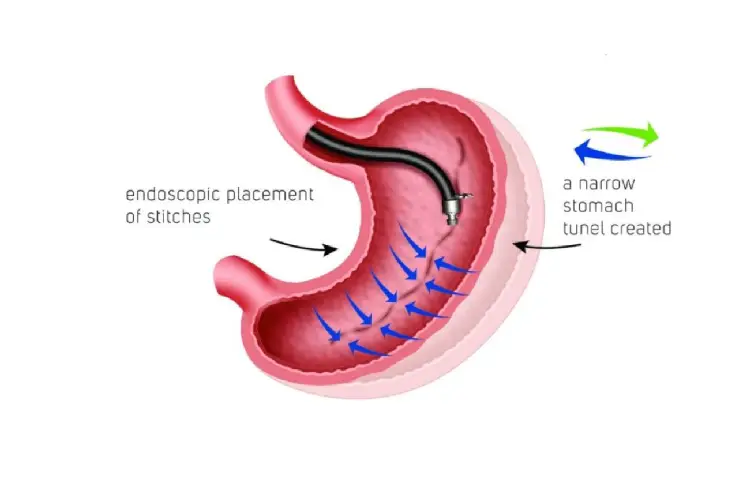If you are struggling with excessive weight gain, you are not alone. According to the Centers for Disease Control and Prevention, over one-third of adults in the US are overweight. This extra weight can cause other health conditions such as heart disease, stroke, and diabetes. Bariatric surgery can be a savior if you are obese, but it can be expensive if not covered by insurance. If you are thinking about the weight loss surgery, here’s a handful of ways you can pay for bariatric surgery without insurance coverage.
Cost of Weight Loss Surgery is Worth the Cost
Weight loss is a life-changing process. Funding for surgery can improve your quality of life, including reduced risk of heart attack, reduced risk of stroke, reduced risk of other diseases and others. It should be considered an investment in yourself – not just for you, but for your family as well.
How to Pay for Weight Loss Surgery without Insurance
Fortunately, six financing options are available, making it easier to manage costs.
- Secured medical loan
A secured medical loan is a loan guaranteed with collateral such as your home or car. Depending on the value of the collateral, you can borrow the full cost of surgery. With medical loans, you can often qualify for lower interest rates than you would with other types of loans. Also, you usually have ten years to repay the loan. - Payment plan
You can qualify for the payment plan. You can schedule your operating costs for several months or up to a year, usually at little to no interest rate. - 401 (k) Loan
When you take out a 401 (k) loan, you lend yourself money. Borrow the desired amount and then make monthly payments for the loan with a small percentage added for interest. With a 401 (k) balance, you can usually borrow up to $ 50,000 or 50% of your balance into your account, whichever is lower. You may also have to pay installation and maintenance fees so make sure you are informed. - Credit Cards
You can make payments or pay off the balance of your surgery cost with a credit card. There may be a minimal processing fee. - CareCredit
CareCredit is for qualified medical payments. If you can afford a repayment period of 24 months or less, you will not pay any interest as long as you have paid in full during the promotional period with most providers. If you do not pay the balance during the promotional period, CareCredit will charge you interest starting on the original purchase date so that you lose all 0% interest. - Health Savings Account
If you have a good health insurance plan, you are probably eligible for a Health Savings Account (HSA). The HSA works like a personal savings account, but you would use the funds provided for healthcare expenses, such as bariatric surgery. Starting in 2018, you can pay up to $ 3,450 per year on HSA if you are single with most plans. Unlike flexible spending accounts, HSA savings rolls into the next year if you do not use the money. Therefore, HSA can be a useful way to save money and pay for the surgery. - Personal Loan
Unlike secured medical loans, personal loans usually do not require collateral, so you do not have to risk your home or other valuables.Applying for a personal loan, however, only makes sense if you have good credit. If your credit is less than desirable interest rates can be as high as 35.00%, which adds thousands to the surgery cost, in which a payment plan may be a more desirable option. - FinancingLighter Dream is committed to helping you discover approaches to funding your weight loss surgery. Another great option is financing your surgery with experts who lead in bariatric surgery. See your bariatric financing options here: https://lighterdream.com/resources/bariatric-surgery-financing/
This entry was posted in Pre-Op and tagged cost, financing payment, priced. Bookmark the permalink.






